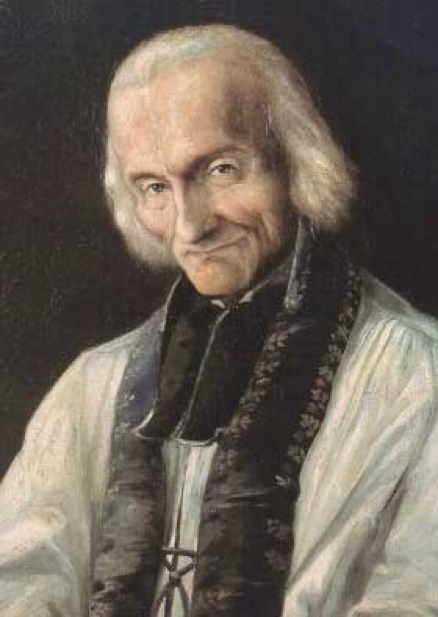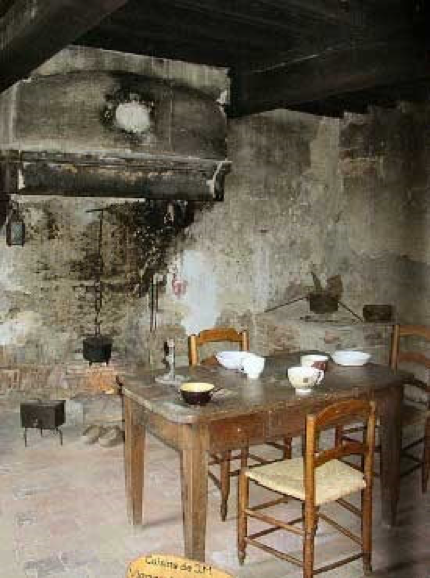
Saint John Mary Vianney
Feast Day: August 4th
 John Vianney was born in France in 1786, just three years before the beginning of the French Revolution. He grew up assisting a local priest offer the holy mass in secret, as religious persecution forced many of the Vianney’s and other Catholics into hiding.
John Vianney was born in France in 1786, just three years before the beginning of the French Revolution. He grew up assisting a local priest offer the holy mass in secret, as religious persecution forced many of the Vianney’s and other Catholics into hiding.
At eighteen, John realized his vocation to the priesthood. Two years later he began studying in preparation for holy orders, but studying did not come easily to him. Instead of becoming a priest, he was drafted into the army in 1809.
Soon after, he found himself an accidental deserter: he was tricked by some fellow soldiers into abandoning his unit. He immediately reported to the mayor of the commune, who advised him to remain in hiding.
John lived dangerously, often narrowly escaping capture by concealing himself in hay bales. He returned home fourteen months later when the king proclaimed an amnesty for all defectors.
In 1813 he entered the seminary, after much hardship in his studies, John was ordained a deacon, then a priest on August 13, 1815.
In 1818 he was given care of a dilapidated parish in a remote part of France called Ars-en-Dombes.
 The 230 parishioners in Ars had become lax in their faith, and John preached relentlessly to them for twenty-five years about the importance of practicing modesty, avoiding blasphemy, profanity and obscenity, and unlawful work on Sunday.
The 230 parishioners in Ars had become lax in their faith, and John preached relentlessly to them for twenty-five years about the importance of practicing modesty, avoiding blasphemy, profanity and obscenity, and unlawful work on Sunday.
Not only did Ars become a model Christian town, but his influence reached far beyond the confines of the country village.
He remained at Ars for a total of forty-one years. The year before he died, over 100,000 pilgrims visited Ars to see the holy man, who had become known as the Cure of Ars.
His three attempts to escape to live in the quiet seclusion of a monastery failed, and he died at Ars August 4, 1859. Over a thousand came to his funeral including the Bishop and all the priests of the diocese. Here lay their model.
John Mary Vianney was canonized on May 31, 1925 by Pius XI. Four years later, the same pope named him patron saint of parish priests throughout the world.
At the time miracles were performed during the time he was at Ars, he constantly gave credit to St. Philomena.
Saint John Mary Vianney’s incorrupt body is to be found at the shrine of the Curé de Ars, just north of the city Lyon.
Written by America Needs Fatima, Jul 18, 2020

